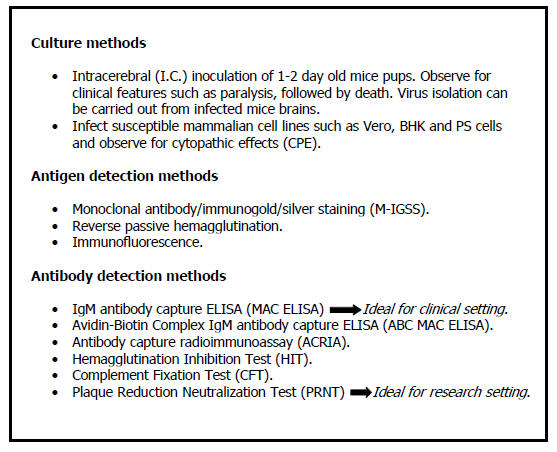
Box 1: Diagnostic Tests for Japanese Encephalitis

Figure 1 : Global distribution pattern of Japanese encephalitis. The areas shaded in yellow are Japanese encephalitis
risk-prone regions. The areas encircled in red, such as Karachi (Pakistan) and Torres Strait islands (Australia) and
parts of the northern Australian mainland are newer areas affected by Japanese encephalitis.
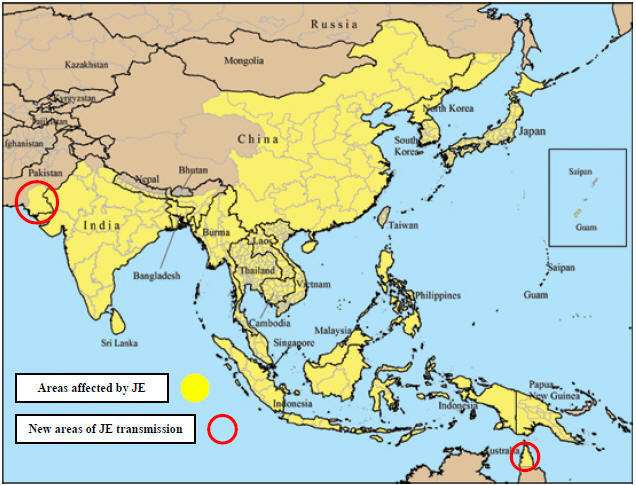
Figure 2: Japanese Encephalitis Virus Life-Cycle
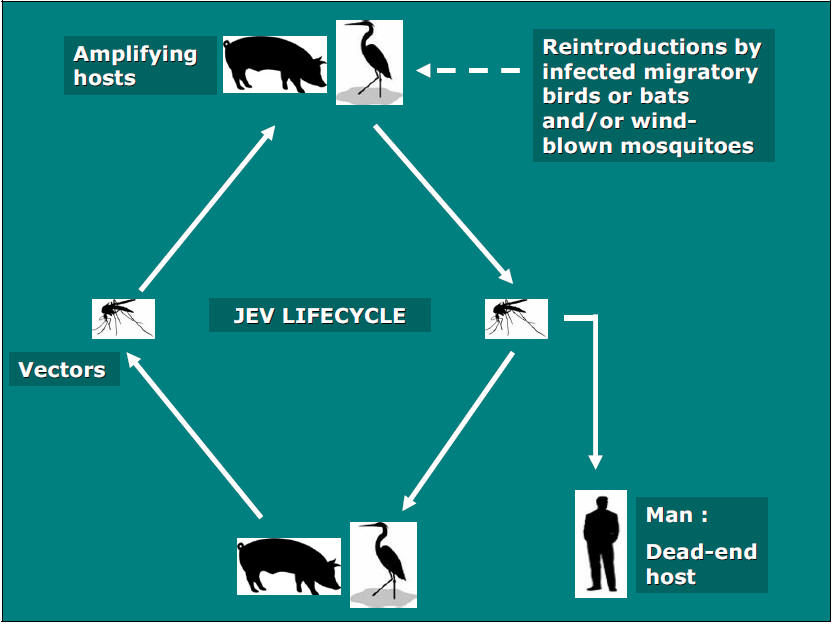
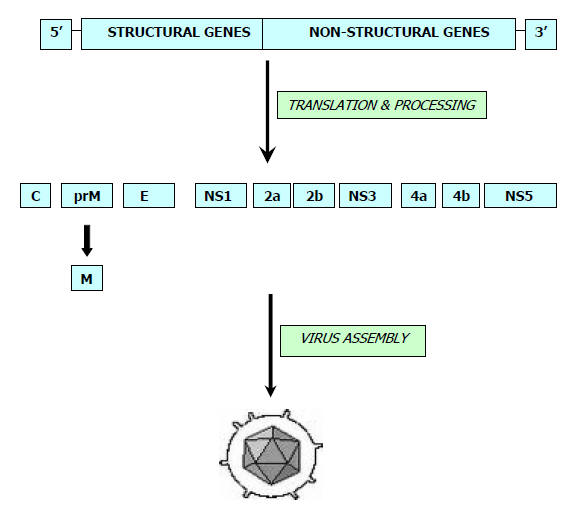
Figure 4 : Opisthotonus in a boy with JE (Photo: Courtesy Dr. P. Nagabhushana Rao)

Figure 5: Dystonia in the right hand of a boy with JE (Photo: Courtesy Dr. P. Nagabhushana Rao)
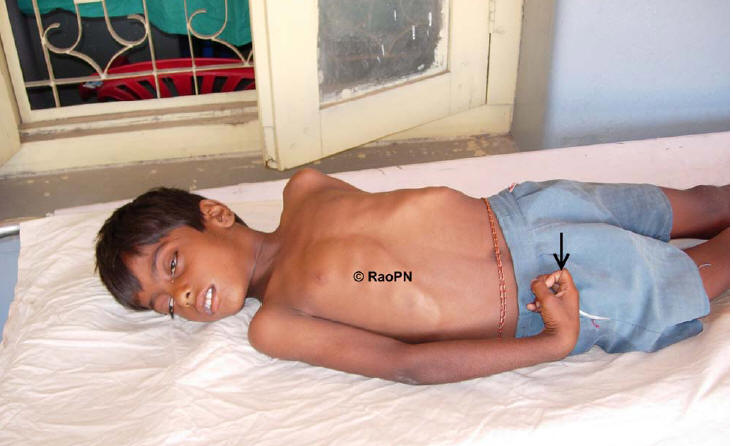
Figure 6: Left hemiparesis in a child with JE (Photo: Courtesy Dr. P. Nagabhushana Rao)
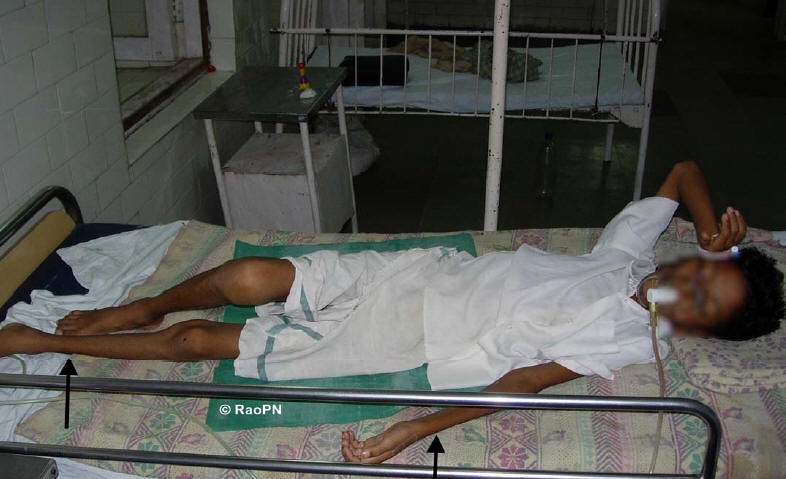
Figure 7: Right gaze palsy in a child with JE (Photo: Courtesy Dr. P. Nagabhushana Rao)
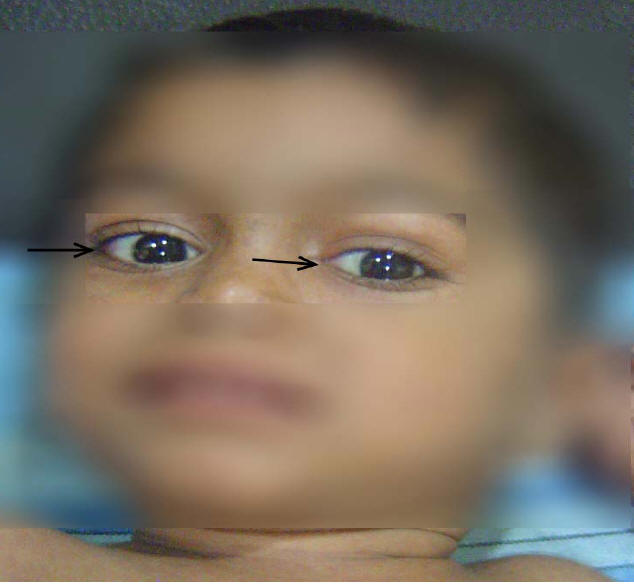
Figure 8 : (A) CT scan showing thalamic hypodensity; (B) MRI scan showing hyperintense thalami
(Photos: Courtesy Dr. P. Nagabhushana Rao)
(A) (B)
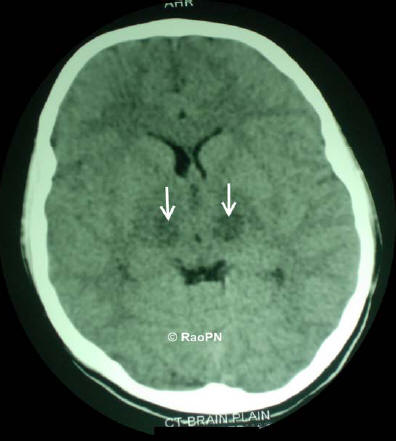
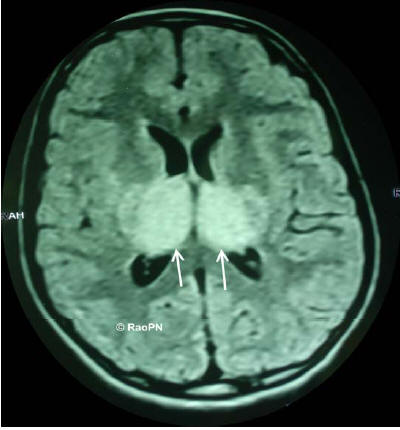
Figure 9 : (A) MRI T2WI of a JE patient showing bilateral thalamic hyperintensity; (B) SPECT showing thalamic and left frontal
hypoperfusion in a child with JE who had mouth open dystonia (Photos: Courtesy Dr. U.K. Misra)
(A) (B)
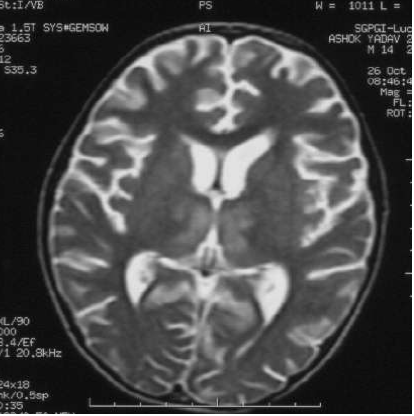
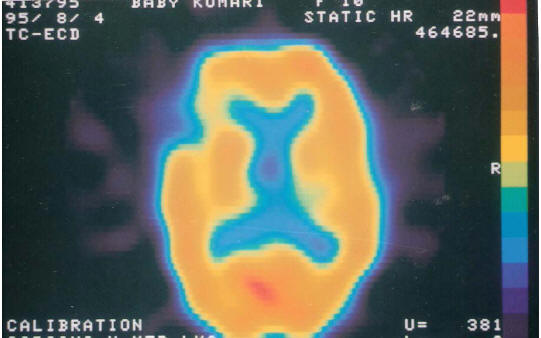
Figure Figure 10 : Bed sore on the head of a JE patient (Photo: Courtesy Dr. P. Nagabhushana Rao)
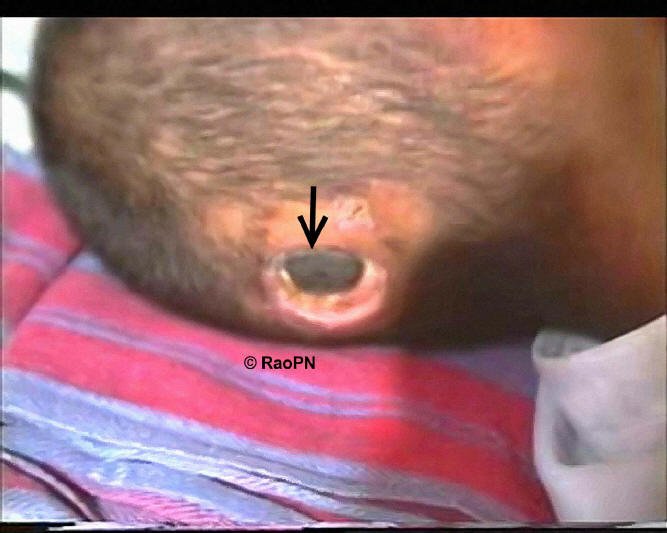
Table 1 : Japanese Encephalitis : An Historical Timeline
|
Year |
Incident |
|
1871 |
First recorded clinical case of JE, reported from Japan |
|
1924 |
Large outbreak of JE in Japan with >6,000 cases and a fatality rate of 60%; Isolation of JEV from human brain |
|
1933 |
First cases of JE reported from the Korean peninsula |
|
1935 |
Isolation of Nakayama strain of JEV |
|
1938 |
Isolation of JEV from Culex tritaeniorhynchus mosquitoes |
|
1940 |
First cases of JE reported from the Chinese Mainland |
|
1950 |
First cases of JE reported from the Philippines |
|
1950s |
Elucidation of transmission cycle of JEV, with pigs and ardeid birds identified as amplifying hosts and Culex tritaeniorhynchus as primary vector species |
|
1955 |
First cases of JE reported from Vellore, India |
|
1965 |
Major epidemic in northern Vietnam |
|
1969 and 1970 |
Major epidemic in Chiang Mai Valley, Thailand |
|
1973 |
First epidemic in India, in the state of West Bengal |
|
1978 |
Major epidemic in Terai region of Nepal |
|
1983 |
JE reaches Pakistan, the furthest geographical extension to the West |
|
1985-86 and 1987 |
Major epidemics in Sri Lanka |
|
1995 |
JE reaches Papua New Guinea and Torres Strait islands (Australia), the furthest geographical extension to the South |
|
2005 |
Major epidemic in Gorakhpur, Uttar Pradesh state of India. 5,737 cases, with 1,344 deaths; India imports live-attenuated SA 14-14-2 vaccine from China |
Table 2 : Major Human Flaviviruses and their Endemic Areas
|
VIRUS |
ENDEMIC AREAS |
|
Japanese encephalitis |
Asia and Oceania |
|
Yellow fever |
South American and Africa |
|
Dengue |
Tropics, worldwide |
|
West Nile |
Europe, Africa, Asia and North America |
|
St. Louis encephalitis |
North and South America |
|
Murray Valley encephalitis |
Australia |
|
Tick-borne encephalitis |
Europe and Asia |
Table 3 : Japanese Encephalitis – Facts & Figures
|
Causative agent |
Japanese encephalitis virus (JEV) : Single-stranded, positive-sense, RNA virus. Family: Flaviviridae. Genus: Flavivirus. |
|
Geographic range |
Indian subcontinent (including Pakistan), South Asia, Southeast Asia, China, Oceania, Northern Australia |
Major vectors |
Paddy-breeding mosquitoes of the Culex vishnui subgroup, particularly Cx. tritaeniorhynchus. Other important secondary or regional vectors include Cx. gelidus, Cx. fuscocephala, Cx. pipiens, Cx. annulirostris |
Major vertebrate hosts |
Domestic pigs (amplifying hosts); ardeid wading birds such as the black-crowned night heron (Nycticorax nycticorax), plumed egret (Egretta intermedia), and little egret (Egretta garzetta) (primary enzootic hosts); domestic fowls; migratory birds |
High risk groups |
Infants and children below 10 years in endemic areas; the elderly in endemic areas; non-immune adults (e.g. travelers from non-endemic countries visiting JE endemic areas for more than a month); immunocompromised individuals |
Annual estimated cases |
~175,000 |
Annual reported cases |
~ 50,000 |
Annual reported morbidity |
~ 15,000 |
Annual reported mortality |
~ 10,000 |
Table 4 : JE-Related Statistics from Major JE-Endemic Countries
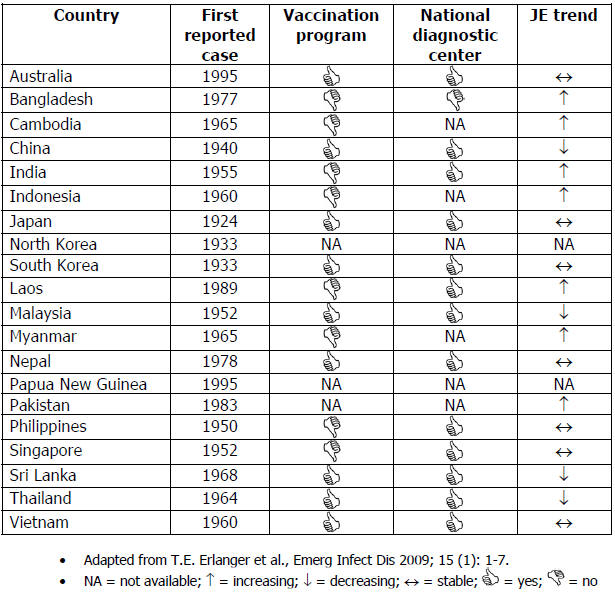
![]()
![]()
Table 5 : Vaccines Against Japanese encephalitis
|
Vaccine name |
Type |
Virus strain |
Manufacturer |
Dosing |
Status |
|
JE-VAX® |
Mouse brain-derived; Inactivated |
Nakayama |
BIKEN, Japan; Green Cross, South Korea; Central Research Institute (CRI), India |
Three doses at 0, 7, 30 days. Boosting after 1 year and subsequently every 3 years till child is 10 years of age. |
JE vaccine production stopped by BIKEN (Japan) and CRI (India); current stocks of Green Cross likely to be exhausted soon |
|
SA 14-14-2 |
PHK cell-cultured; Live-attenuated |
SA 14-14-2 |
Chengdu Institute of Biological Products, China |
Single dose |
Currently in use in China, India, Korea, Sri Lanka and Nepal; WHO prequalification likely in 2009 |
|
IXIARO® |
Vero cell-cultured; purified- inactivated |
SA 14-14-2 |
Intercell, Austria |
Two doses at 0 and 30 days |
USFDA approved. Launch in USA in late 2009 |
|
Chimeri-Vax-JE(TM) |
Infectious clone; Live-attenuated |
JEV SA 14-14-2 and YF 17D chimeric infectious clone |
Acambis, UK; Sanofi Pasteur |
Single dose |
Phase III trials in USA, Australia and Asia |